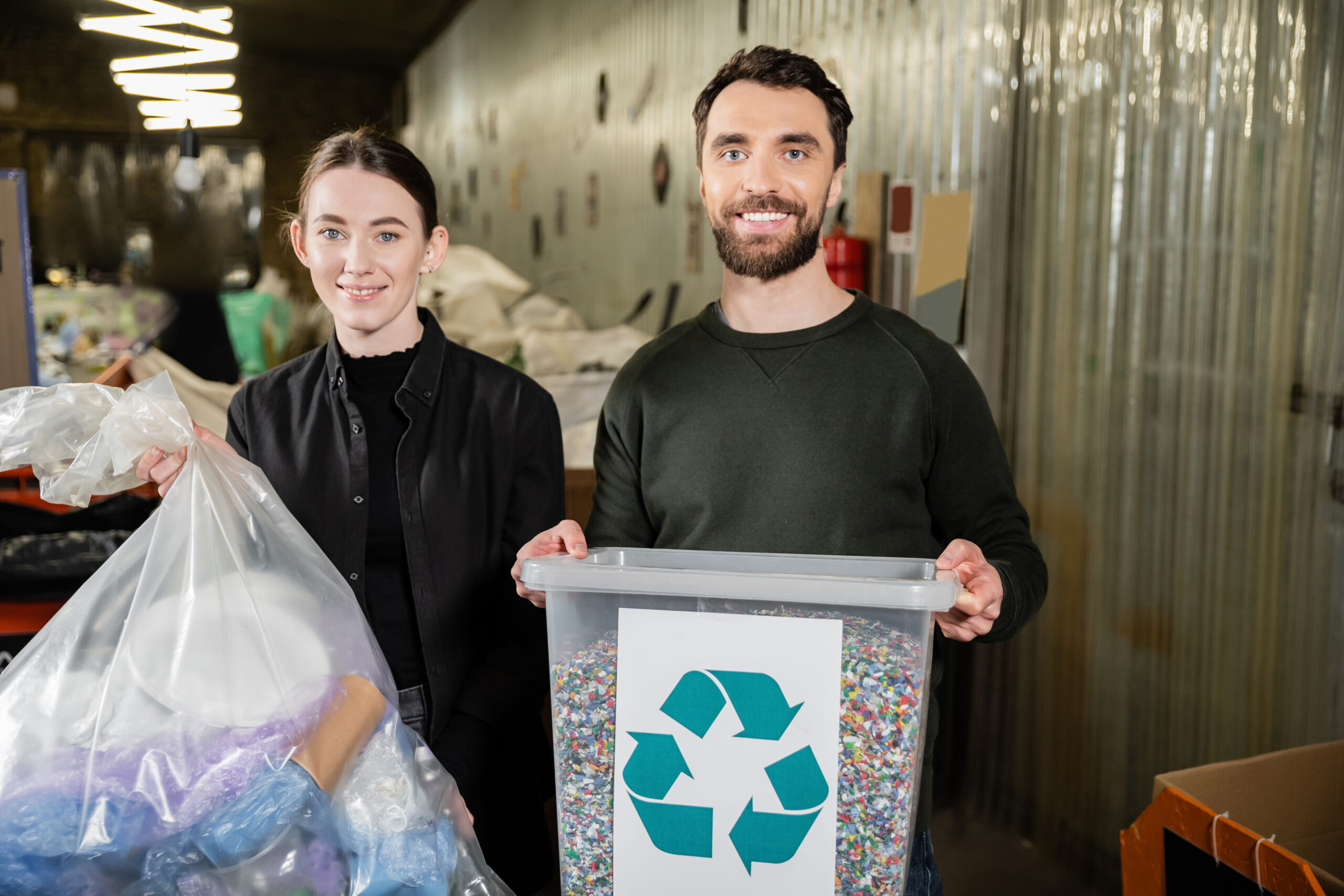The question “Is recycling considered zero waste?” lies at the heart of modern sustainability discussions. While recycling plays a critical role in waste management, zero waste represents a broader, systemic approach to resource conservation. This article examines how these two concepts intersect, diverge, and collaborate in creating a circular economy.
Understanding Zero Waste and Recycling
Defining Key Terms
- Recycling: The process of converting waste materials into reusable objects or raw materials16.
- Zero Waste: A philosophy prioritizing waste prevention, reuse, and closed-loop systems to eliminate landfill reliance47.
The Zero Waste Hierarchy
Zero waste strategies follow this prioritized framework:
- Refuse unnecessary items
- Reduce consumption
- Reuse products
- Repair damaged goods
- Recycle materials
- Rot (compost organics)69
Recycling ranks fifth in this hierarchy, emphasizing its role as a last resort rather than a primary solution1.
Is Recycling Considered Zero Waste? Breaking Down the Relationship
When Recycling Aligns with Zero Waste
| Scenario | Zero Waste Compatibility |
|---|---|
| Composting food scraps | High ✅ |
| Closed-loop glass recycling | Moderate ✅ |
| Downcycling plastic | Low ❌ |
Recycling qualifies as zero waste only when:
- Materials retain value through infinite reuse (e.g., aluminum, glass)
- Processes use renewable energy
- No toxic byproducts are created69
Critical Limitations
- Energy Costs: Recycling plastics requires 88% more energy than producing new plastic6.
- Material Degradation: Most plastics lose quality after 2-3 recycling cycles4.
- Contamination Rates: 25% of recycled materials end up landfilled due to improper sorting9.
The Role of Recycling in a Zero Waste System
Essential but Insufficient
While recycling prevents 700 million tons of CO₂ emissions annually7, zero waste advocates argue it addresses symptoms rather than root causes:
| Zero Waste Focus | Recycling Focus |
|---|---|
| Product redesign | End-of-life management |
| Systemic change | Waste stream mitigation |
| Corporate accountability | Consumer responsibility |
| Circular material flows | Linear system patch |
5 Steps to Transition from Recycling to Zero Waste
- Conduct a Waste Audit
- Implement Reusable Systems
- Switch to refillable containers
- Install water-bottle filling stations
- Redesign Procurement
- Advocate for Policy Changes
- Educate Stakeholders
Common Myths Debunked
Myth 1: “Recycling Equals Zero Waste”
Reality: Only 9% of global plastic gets recycled, while zero waste aims for 90%+ diversion67.
Myth 2: “All Recyclables Get Recycled”
Reality: Contamination renders 25-50% of recyclables unusable94.
Myth 3: “Zero Waste Is Too Extreme”
Reality: A 10% waste reduction creates 30% higher resource savings than perfect recycling16.
Future Trends Shaping Waste Management
- Chemical Recycling Advancements
- Breaking plastics into original polymers
- Potential for infinite reuse cycles6
- Digital Product Passports
- QR codes detailing material composition
- Streamlined sorting/disassembly8
- Mandatory Reporting
Key Takeaways
- Recycling qualifies as zero waste only in closed-loop, energy-efficient systems
- True zero waste requires redesigning production and consumption patterns
- Combining upstream prevention with improved recycling yields 73% higher emissions reductions than either approach alone16
While recycling remains essential, achieving zero waste demands moving beyond end-of-pipe solutions to create systems where waste becomes obsolete. Every organization and individual can contribute through conscious consumption, reuse innovation, and advocacy for circular economy policies. For personalized zero waste strategies, contact our sustainability consultants or explore our zero waste assessment toolkit.

Leave a Reply